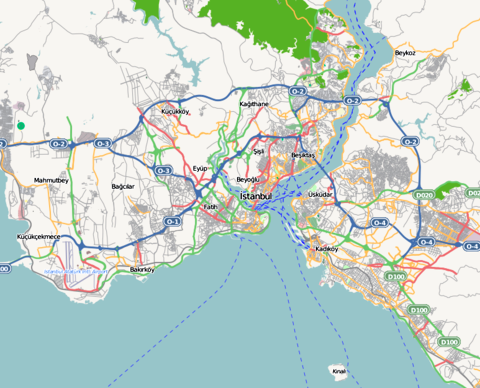
I ARRIVED at the Bahaus Hostel, which was recommended by Lonely Planet as the best place to stay, whether in a female dorm or in my own room, in the old city. There was a lovely terrace overlooking the town. I loved walking around the old city, for the food and the atmosphere.
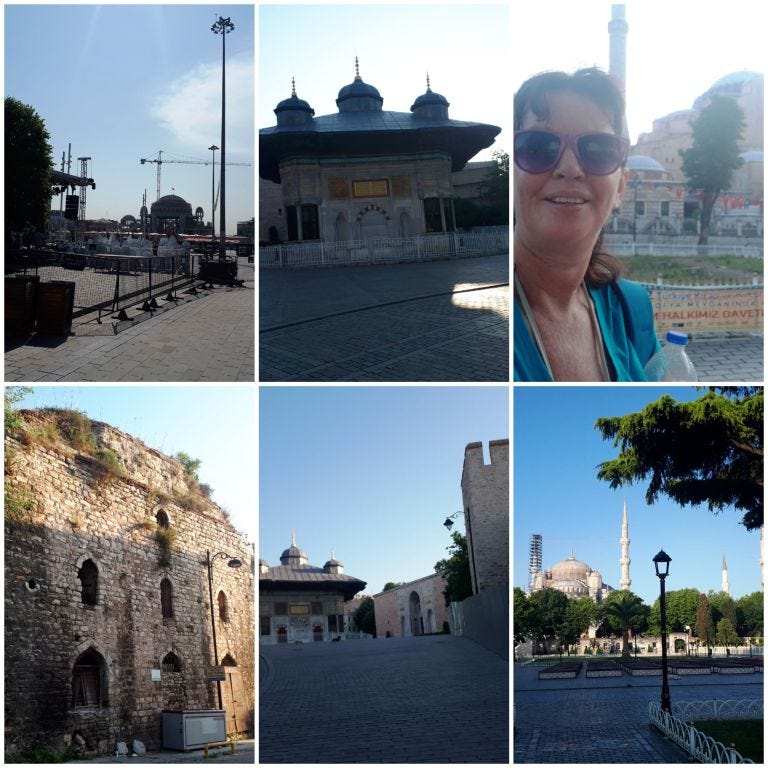
However, a recent employee was selling drugs — heroin, cocaine, or anything you wanted. I said I did not do drugs, as it was illegal. Later on, at ten pm in fact, he barged into my room saying he was cleaning the toilets; however, they had been done at two o’clock that afternoon.
I upped sticks to a hostel owned by a Polish woman called Anna — the Green Hostel, not far from Taksim Square — and had made friends with them and a Syrian refugee called Michael.
I mostly took photos at seven in the morning, as it was in the middle of Ramazan (or Ramadan), and very busy during the day.
I had visited Istanbul a long time ago and then again in October of last year. It was interesting to see how things were changing even over the short time since my last visit.
This time, I noticed that there was a lot of construction in and around Taksim Square. I found out that there was to be a gigantic Sunni mosque installed in Taksim Square, a mosque sponsored by the government of current President Recep Tayyip Erdoğan, together with many others that were also being built across Turkey. The Square was a place of trees and peaceful occupation by protestors, now to be occupied by a mosque instead. My belief is that governments should not sponsor any particular religion but support all religions and remain secular. The founder of the modern Turkish republic, Mustafa Kemal Atatürk, abolished the ancient religious office of Caliph held by the Turkish sultans and generally secularised the State apparatus. But it seems that this did not resolve the sectarian differences at all: it just buried the differences.
Critics say that mosque-building and the glorification of war by supporting the Syrian rebels is President Erdoğan’s idea of a new Caliphate.
The elections being held currently have not seen a live national debate on TV. Muharrem İnce is seen by many as the main rival for beating Erdoğan, whom İnce taunts with the slogan Artik Tamam meaning ‘Enough Now’, or in other words that it’s time for Erdoğan to go. İnce also wants to get rid of all US military bases; supporters of Erdoğan brand him as weak
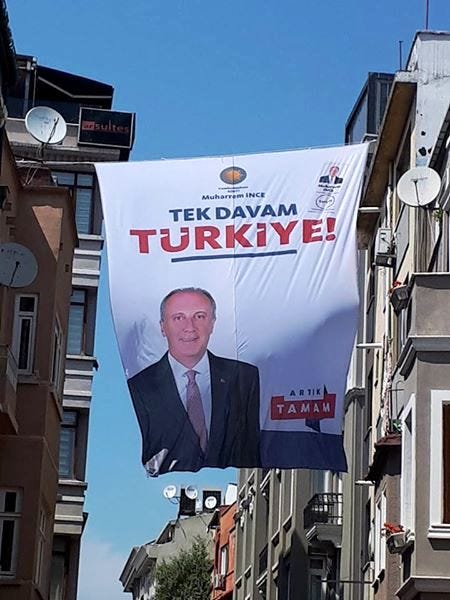
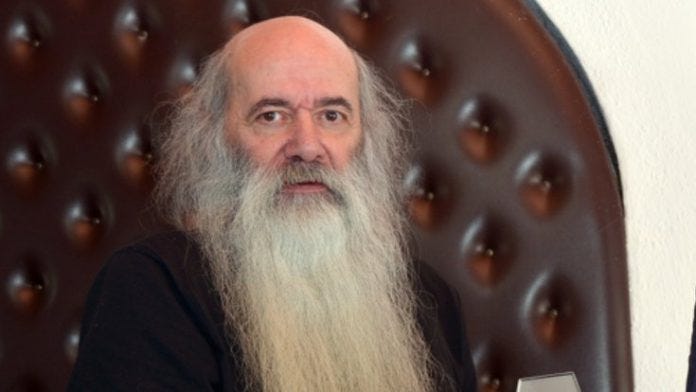
On June 5, a Turkish court ordered the conditional release of cartoonist Nuri Kurtcebe, one of Turkey’s most prominent, a day after he was jailed to serve a 14-month sentence for insulting President Erdoğan. This is a fate that has befallen a lot of journalists lately.
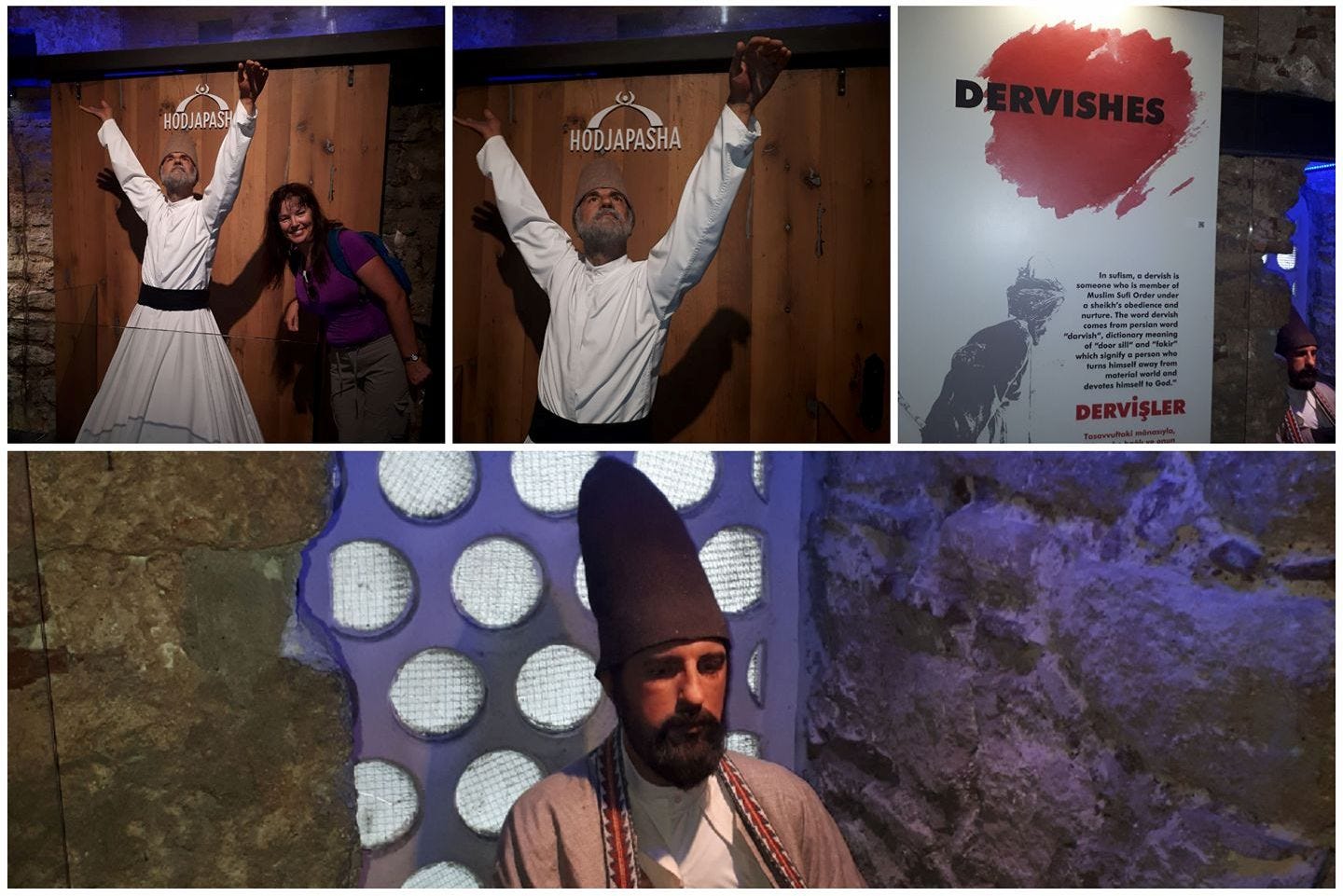
I took myself along to see a Sufi Islamic spiritual dance by a Dervish group at the Hodjapasha Dance Theatre. This expressed a mystical dimension of Islam. Sufism is defined as a means by which a person makes his personality free from bad habits and excessive egotism, expressed by the metaphor ‘the ocean and a jug of water’, in which the water in the jug is the same as the ocean. The dance I was to see was by the Mevlevi order institutionalised under the Ottoman Empire. No clapping no speaking were allowed. The name of the Dervish hat is called a Sikke. The Hirka or coat can represent the world, and is cast off during the Sema, a very old spiritual ceremony from the 12th century CE. The main part of the Sema is the famous whirling dance of the Dervishes, which symbolises the ecstasy of the poet and Sufi founder Rumi in the city of Konya in the 1300s CE and, at the same time, unity with God — Allah — by getting rid of the ego. Flutes drums and instruments accompany this dance.
The Tennure or white dress-like garment that becomes more visible after the Hirka is cast off represents a shroud.
This was very different. I should add that the Sema is recognised as part of the world’s intangible cultural heritage by UNESCO.
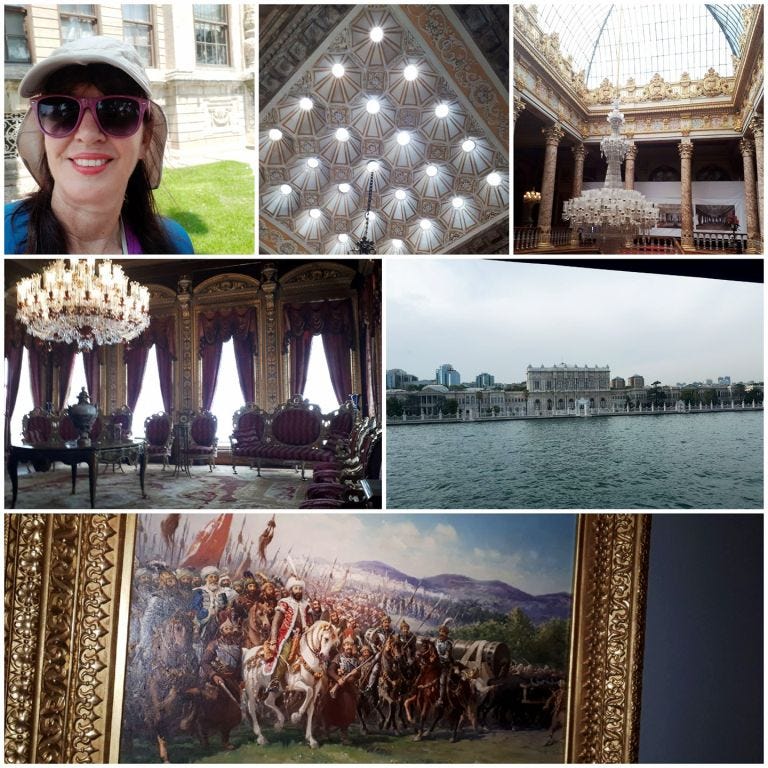
I also visited Dolmabahçe Palace, the home to the Sultans from 1856 until 1924 and of Mustafa Kemal Atatürk, founder of the Turkish Republic, from 1924 until he died here on November 10, 1938
According to the tourism literature, Dolmabahçe is the largest palace in Turkey. It has an area of 45,000 m2 (11.1 acres), and contains 285 rooms, 46 halls, 6 Turkish baths and 68 toilets, apparently.
The design has elements of the Baroque, Rococo and Neoclassical styles, as well as traditional Ottoman architecture.
The palace has features of traditional Turkish homes. These include the Southern Wing, the quarters reserved for the men, which contains the public representation rooms, and a Northern Wing which included the Harem, in reality the private residential area for the Sultan and his family.
What is though to be the world’s largest Bohemian-glass chandelier was received by the Sultan as a gift from Queen Victoria. It has 750 lamps and weighs 4.5 tonnes. The famous Crystal Staircase has the shape of a double horseshoe, and is made of Baccarat crystal, glass, and mahogany.
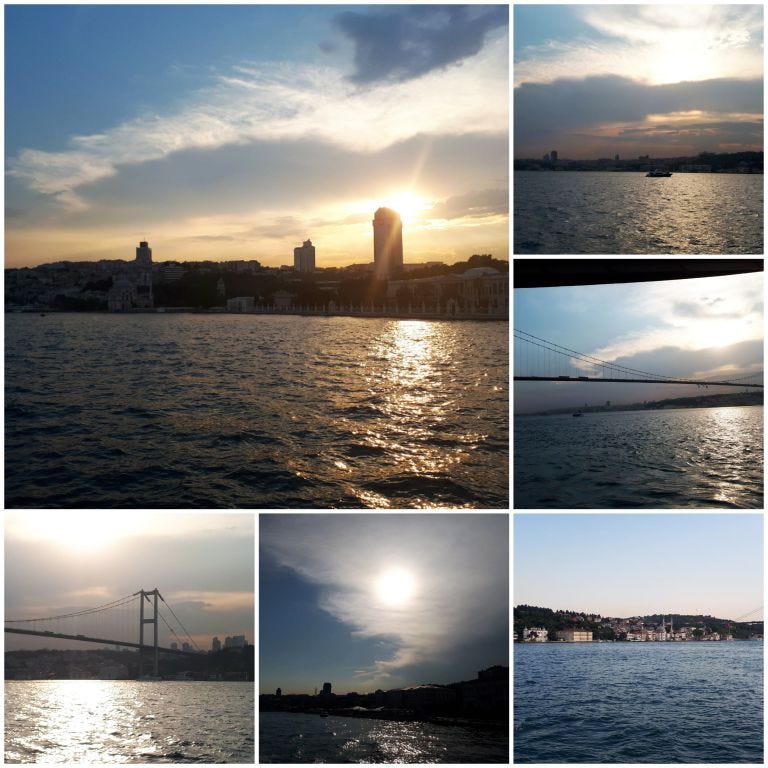
And then I discovered Istanbul’s abundance of ferry services. I could take a ferry across to the other side of the Bosphorus, or as far afield as Odessa in the Ukraine or the famous battlefield of Gallipoli. I took a three-hour cruise that went past the Dolmabahçe Palace on the European side of the Bosphorus and back down the Asian side, which was more suburban and had way more parks and greenery. Hmm … I would like to stay there next time.
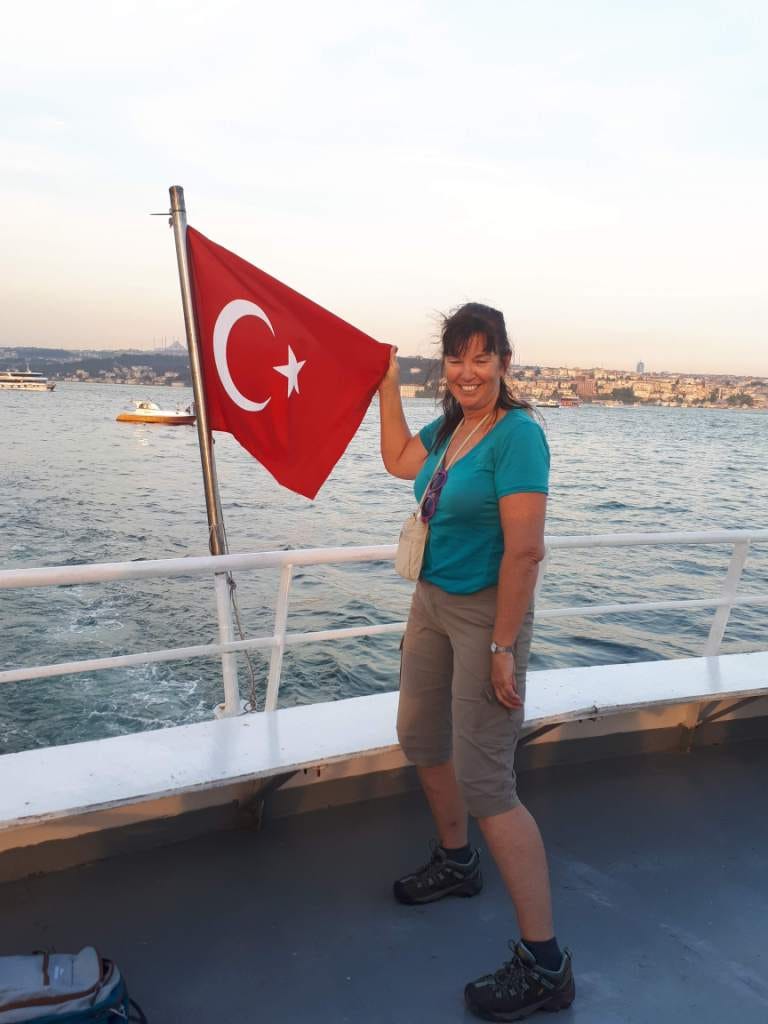
Here is my Amazon author page. I’m also publishing my books, progressively, on other platforms.
Subscribe to our mailing list to receive free giveaways!